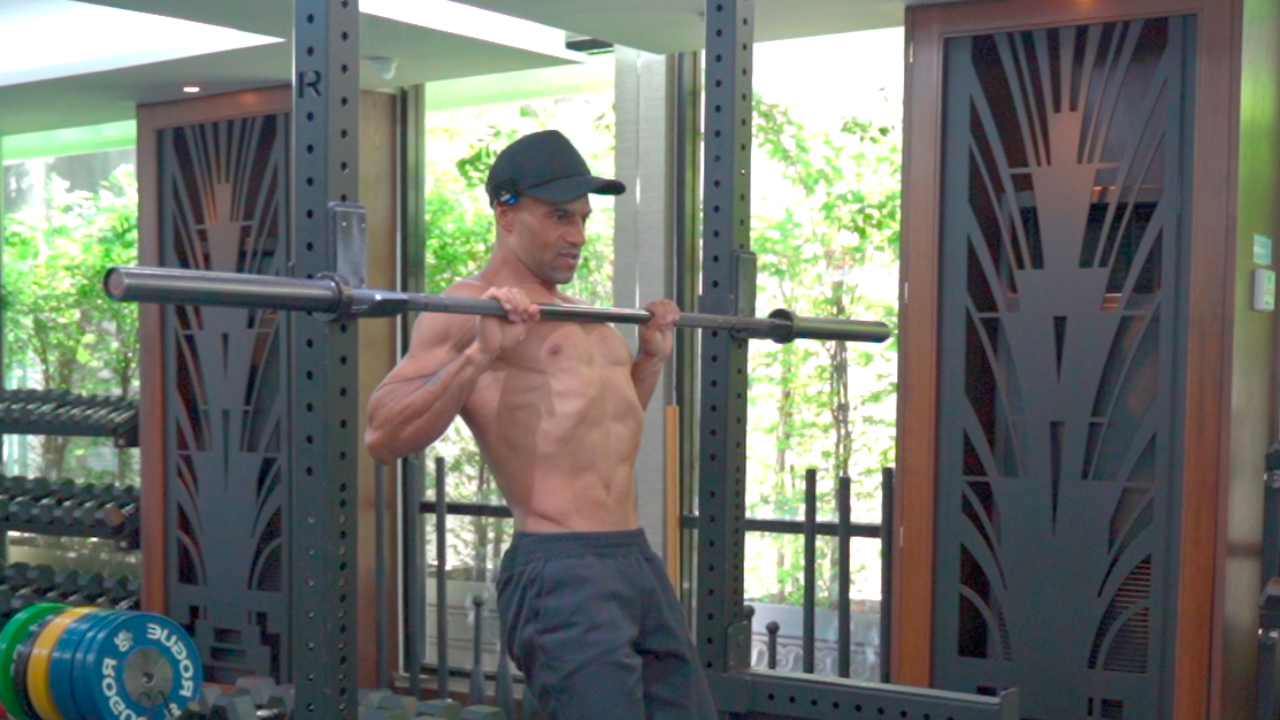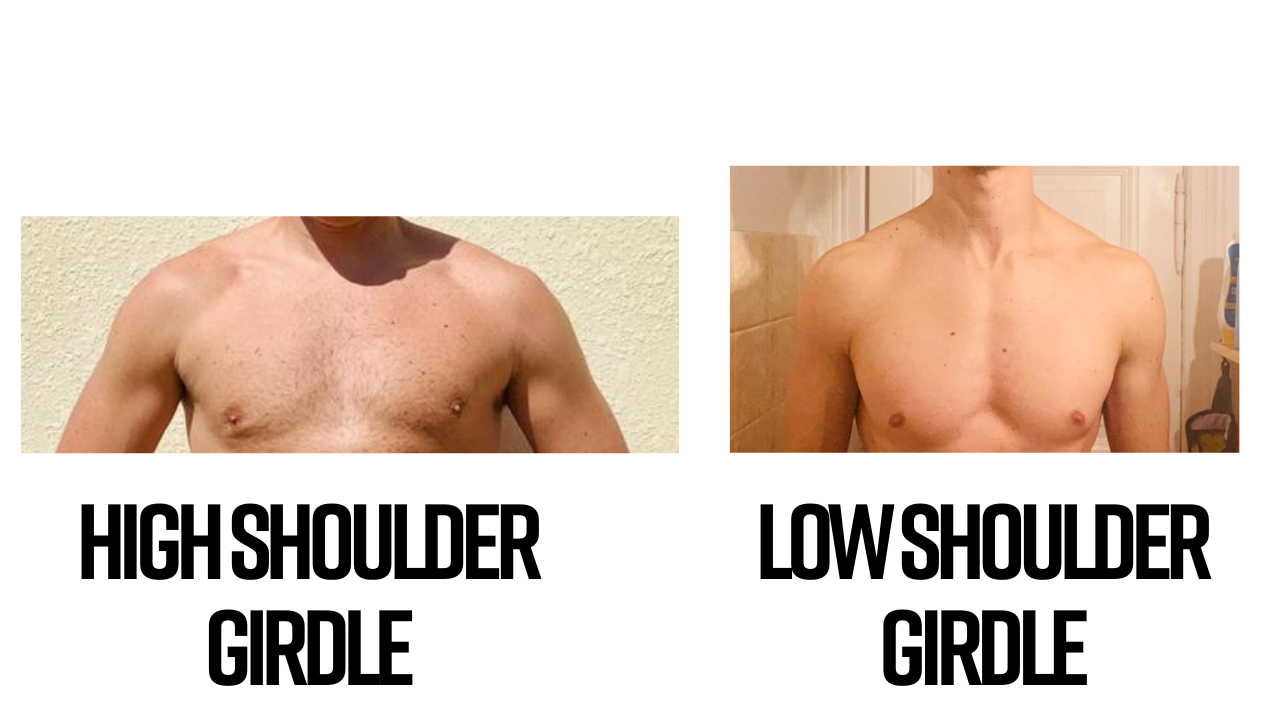how to do a chest to bar pull up?
What is a chest to bar pull up?
A chest to bar pull-up is indeed widely regarded as the gold standard of pull-ups, exemplifying the pinnacle of upper body strength exercises.
This challenging variant not only involves starting from a dead hang but also demands pulling up vigorously enough to bring the chest into contact with the bar, going beyond the classic chin-over-bar pull-up.
For the sake of not becoming a gym meme, I wouldn’t recommend that you learn a kipping/butterfly chest to bar pull up. Our focus is on controlling the body and every aspect of the movement to build real strength.
A visual of a Chest to Bar Pull Up
chest to bar pull up anatomy
The chest to bar pull-up not only tests general upper body strength but specifically enhances the activation of key muscle groups involved in the final, critical phase of the movement—where the chest meets the bar.
During this phase, the muscles responsible for scapular retraction (pulling the shoulder blades together) and depression (lowering the shoulder blades down the back) are intensely stimulated.
Retraction & Depression of Shoulder blades for Chest to bar pull ups
The primary muscles engaged include the rhomboids and trapezius in the upper back, which work to retract the scapulae, and the lower trapezius, which are crucial for scapular depression.
These actions are essential for reducing the distance between the ribs and the pelvis, effectively lifting the chest to meet the bar.
This high level of muscle activation not only improves the structural strength and stability of the shoulder girdle but also significantly enhances back aesthetics by developing muscle symmetry and definition.
Additionally, the intense engagement of these muscles during chest to bar pull-ups contributes to better posture and overall upper body health, making this exercise a comprehensive tool for physical conditioning
Structural Limitations in Chest to Bar Pull-Ups
At the top of the movement, achieving a pull-up involves:
Shoulder Extension: Opening up the angle of the shoulder joint.
Scapular Depression and Retraction: Lowering and squeezing together the shoulder blades.
However, not everyone can physically achieve these positions due to inherent structural differences.
Here's a look at some common anatomical factors that might be affecting your pull-up progress:
Rib Cage Shape and Infrasternal Angle
Your rib cage plays a crucial role in how your body aligns during a pull-up. Variations like a concave (more rounded and angled upward) versus a flat rib cage (broader with a perpendicular angle to the floor) can significantly impact your ability to reach the bar.
Those with a concave/narrow rib cage may find it easier to achieve the necessary chest proximity than those with a flatter/wide rib cage.
Spinal Flexibility
The ability to extend your spine affects how well you can lift and open your chest towards the bar. Greater spinal extension can facilitate a better range of motion for scapular depression and retraction, crucial for that perfect pull-up form.
Shoulder Girdle Height
Naturally elevated shoulders might limit how much you can depress your scapula. This means if your shoulders sit higher, you might find your range of motion restricted compared to someone whose shoulder girdle is positioned lower.
Mobility & Strength in Chest to Bar Pull-Ups
Building Retraction and Depression Strength
Active Row: Focuses on pulling the shoulder blades together (retraction) and engaging the mid-back muscles.
Active Hang: Prioritizes scapular depression using bodyweight, strengthening the lower traps and preparing you for a be Mobility drills for Chest to bar pull ups.
Understanding your structural limitations is the first step. The next is incorporating specific mobility and strength exercises to enhance your ability to perform pull-ups effectively.
Improving Spine Mobility for Chest to Bar Pull Ups
Cat-Cow
This exercise helps transition your spine between extension and flexion, promoting greater mobility.
Prone Cobra
A floor exercise focusing on spinal extension. This movement also encourages scapular depression, integral to the pull-up motion.
Enhancing Shoulder Extension for Chest to Bar Pull Ups
Shoulder Stretch with Elevated Hips:
Start with your fingers pointing backwards, sitting back towards your heels to stretch the shoulders. Adjust hand positioning to find comfortable limits to your range of motion.
Tabletop Position:
Advance the previous stretch by pressing into your palms and lifting your hips to deepen the shoulder extension. This also strengthens the muscles needed for a solid pull-up.
Integrating Movements into Chest to Bar Pull Up
Once these foundational movements are mastered, integrate them into more complex exercises:
Row to Chest: Emphasize pulling close to the torso to mimic the pull-up motion.
Supported Pull-Ups: Use assistance to practice getting your chest to the bar, reinforcing the muscle memory and strength gained from isolated exercises.
A Sample session for Chest To Bar Pull Ups
A sample session for chest to bar pull up practise
Conclusion
The chest to bar pull-up is a rigorous benchmark in pull-up variations, demanding more than the standard chin-over-bar by requiring a pull from a dead hang until the chest touches the bar.
This exercise not only broadens the range of muscles worked, including intensive activation of the rhomboids, trapezius, and lower trapezius for scapular retraction and depression but also significantly benefits muscular hypertrophy, enhances back definition, and promotes healthy posture.
Integrating chest to bar pull-ups into your workout regimen elevates upper body strength, improves muscle coordination, and serves as a pivotal step towards peak physical conditioning, making it a valuable addition for those aiming to enhance fitness and aesthetic appeal.





